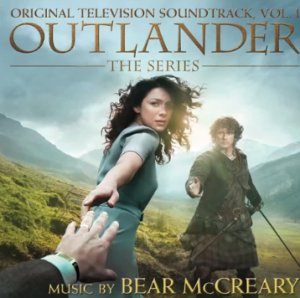Outlander 3:1 By: Eleanor Ty
The third season of Outlander has so far been stunningly wonderful, almost as good as Season 1. My complaint about Season 2 was that, among other things, it lacked the emotional highs of the first book/season, and it was not strongly focused on romance. Season 2 featured lavish Parisian costumes, a lot of Jacobite plotting, but did not have the excitement of Season 1.
Well, so far, Season 3 looks very promising. Perhaps Ron Moore heard his fans’ complaints because even before Episode 5, the famed print shop scene, there is already plenty of scenes of bedroom ardour, though in unexpected places. What works particularly well is the constant juxtaposition between scenes of Claire in the 1940s and 50s with scenes of Jamie in the 1740s and 50s.
2 (Two), 20 (Twenty), 200 (Two Hundred) and 2,000 (Two Thousand)
The first few episodes have concentrated on the 2 (two) people we care most about: Jamie and Claire and how they have spent their nearly 20 (twenty) years apart, even as they are separated by 200 years (2 centuries) of historical time. The cause of their separation was Claire’s foresight, her knowledge that nearly 2,000 (two thousand) Jacobites would be killed or wounded in the brief battle at Culloden in 1746 and afterwards by British soldiers who shot stragglers. The producers and writers seem to have made the most of twos and pairings, doubles and echoes to remind us not only of the dual time scheme which underpins the whole series, but also of scenes in previous seasons.

“Of Lost Things” is the title of the fourth episode, but it describes the general tone of the first few episodes of Season 3. Loss becomes an important theme. After all, Voyager, the book and the third season of the show, begins with Jamie buried alive amidst piles of bodies, those of Scottish Jacobites with whom he fought. Initially, Jamie wakes believing he was in Hell or Purgatory (Voyager Chap 1). His semi-conscious attempts to remember the fighting shows the horror of the slaughter of men, mowed down by muskets. Apparently, according to Murray Pittock, a scholar of Jacobitism, the battle wasn’t quite a victory of muskets over swords, since the Jacobites also fired many rounds at the British. In any case, it was a devastating loss for the Scots. Most of the Scottish soldiers are dead, and the Redcoats are using their bayonets to kill any still alive.
Things Dropped
When the men come to take Jamie away from the battlefield, the precious piece of amber that was a wedding gift drops from Jamie’s kilt. The loss of the amber, like the dropping of Claire’s wedding ring during her wedding night, is suggestive of the loss of a way of life. For Claire, it meant a new beginning with Jamie, but here, for Jamie, it means the end of his life with Claire (at least for now). The close-up of the amber on the ground signals a profound loss which will last for two decades.
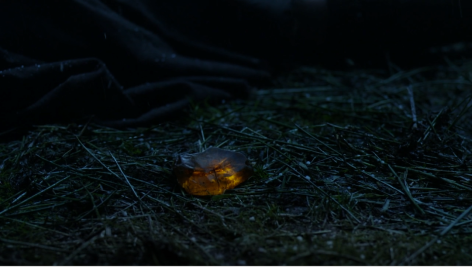
Purgatory, which is believed to be an intermediate state, is an apt metaphor for the twenty years Jamie and Claire spend apart. When I first read the Outlander series, I thought it was awfully cruel of Diana Gabaldon to not allow the main characters the leisure to enjoy their youth, continue the passion, bring up Brianne, as other couples do. But Gabaldon seems to believe in Catholic punishments and purifications before paradise. There is much suffering, and even ghosts. The ghost of Claire haunts Jamie in the battlefield, just as Jamie had haunted Claire in Inverness during her second honeymoon with Frank.

Gabaldon’s Voyager goes from Jamie in the battlefield to Roger, Brianna and Claire searching historical records, but the adaptation opts instead to recreate scenes of domestic life for Claire and Frank which are presented mainly as flashbacks in the book. These domestic scenes flesh out the ways Claire has been living: viewed in one way, it is a pleasant middle-class life with her husband, the professor, but viewed in another way, it has been a kind of tensed, waiting state. Within her, Claire feels an emptiness, a longing that she cannot share with anyone else. Claire and Frank try to carve out an amiable relationship based on their mutual love for Brianna but their marriage and their sex life are strained. As Frank later remarks, their bedroom is already “crowded.” Claire exists, but rather like in limbo, not fully with Frank yet not with Jamie.
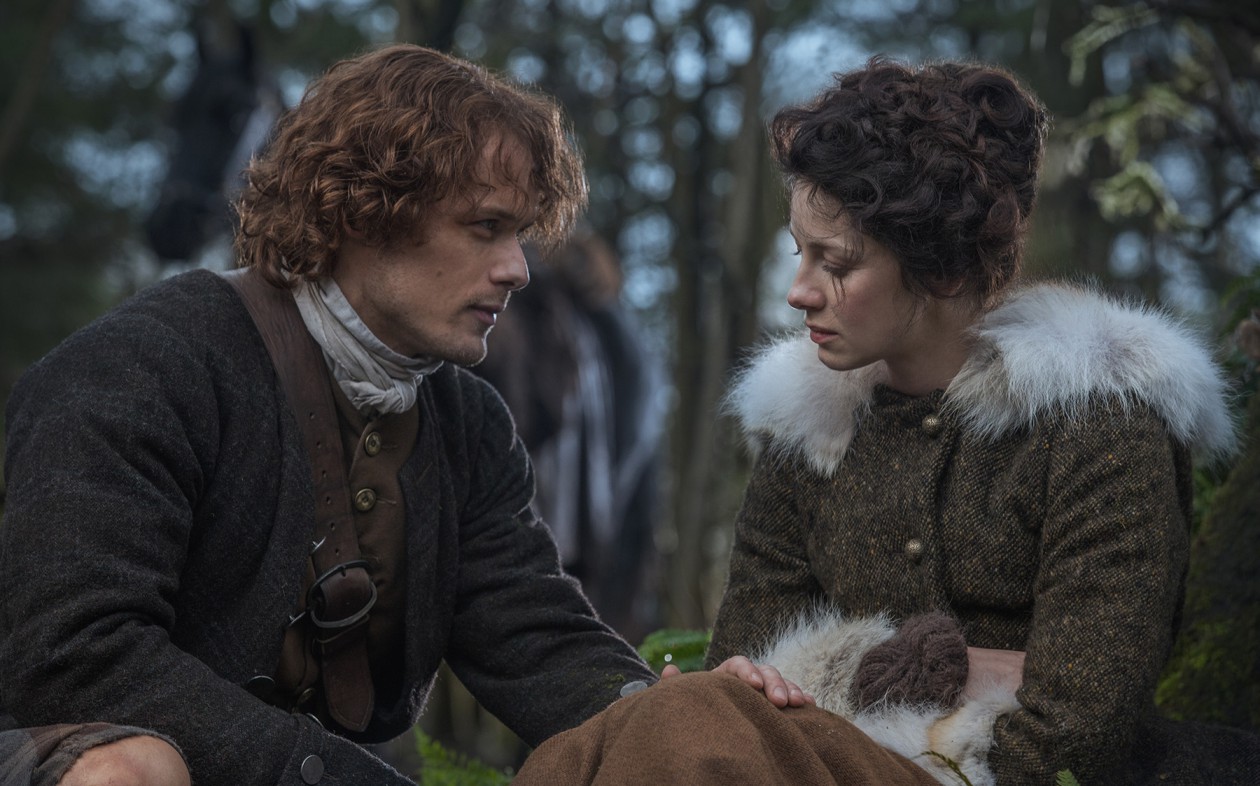








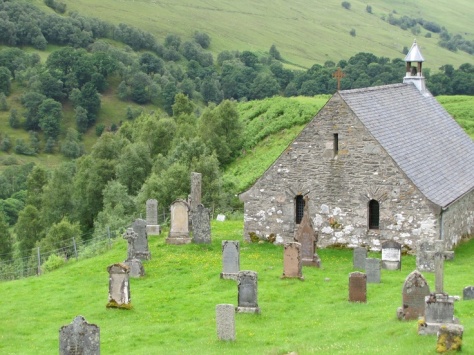



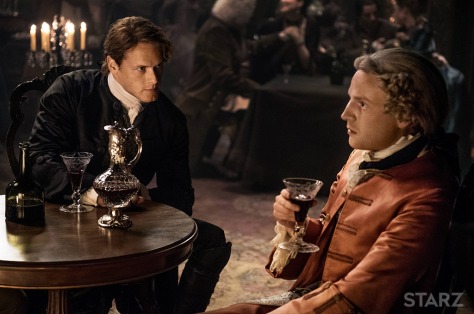
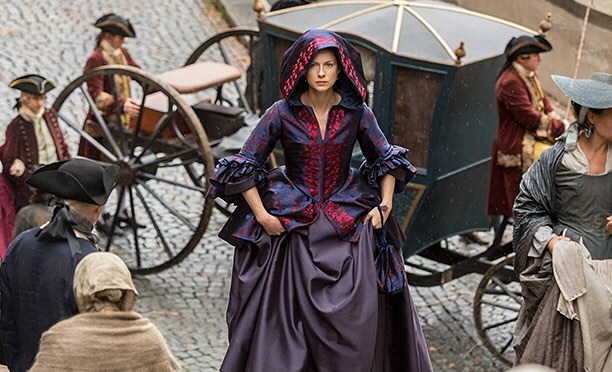




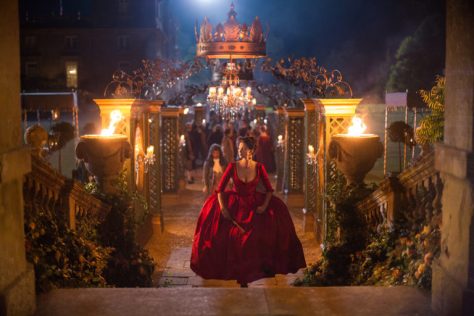





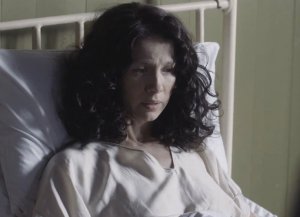


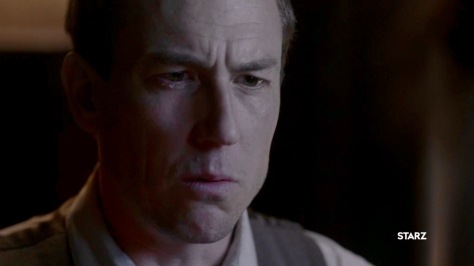
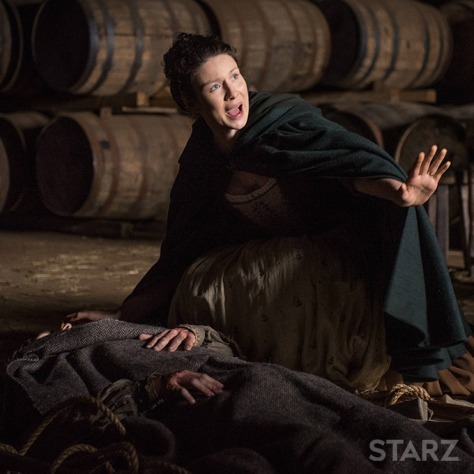

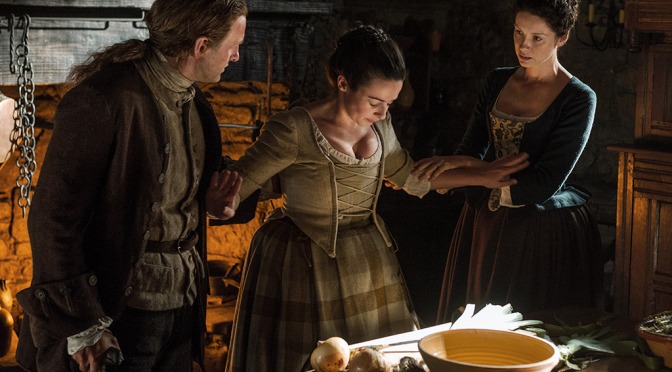
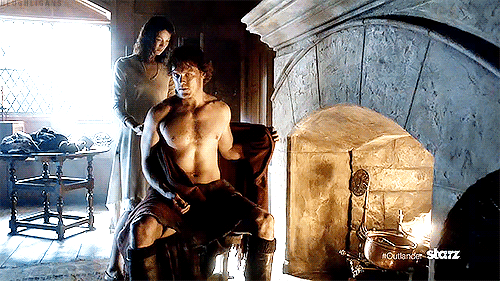 gemgem1296
gemgem1296


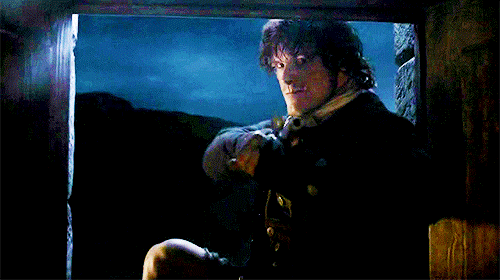








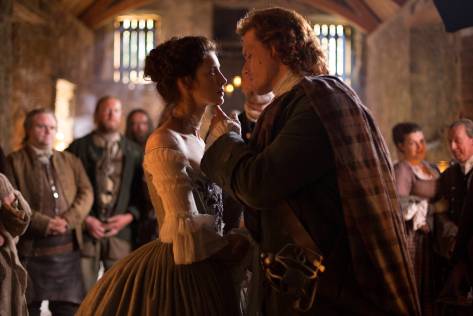


 Gif:lauramaher25
Gif:lauramaher25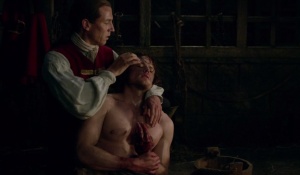

 Gif:lauramaher25
Gif:lauramaher25











 gif @k-duubs
gif @k-duubs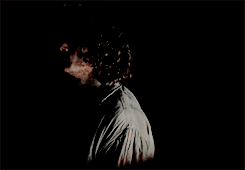 gif @moghradhh
gif @moghradhh




 Gif: deesdiaries
Gif: deesdiaries
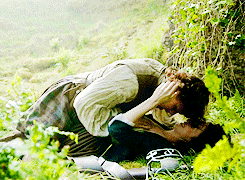 Gif: tv-lovers
Gif: tv-lovers




